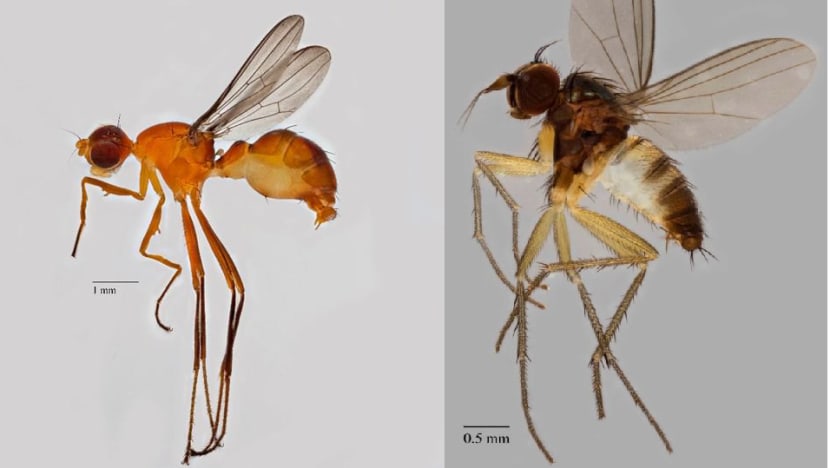New nursery for coastal trees launched at Pulau Ubin as part of efforts to enhance habitats

The new coastal arboretum at Pulau Ubin will house around 500 trees from more than 70 native coastal species. (Photo: Facebook/NParks)
SINGAPORE: A new nursery for planting and growing coastal trees was launched at Pulau Ubin on Saturday (Sep 11) as part of efforts to rejuvenate the island's coasts.
The coastal arboretum will showcase about 500 trees from around 70 native species. They include the critically endangered Sea Tristania and Damak-damak Tahun, which was presumed extinct in Singapore until it was rediscovered at Coney Island in 2014.
The plants in the arboretum will later be reintroduced to the coasts of Pulau Ubin as part of ongoing habitat enhancement efforts.
"It will supplement other habitat enhancement projects on mainland Singapore as well," said the National Parks Board (NParks). "This includes the reintroduction of coastal native plants at parks such as Coney Island Park."
Located at Ubin Living Lab, a 5.3ha facility for field studies, the new arboretum will serve as a valuable reference resource for students and researchers studying Pulau Ubin’s biodiversity, said NParks.
“NParks will work with various school or interest groups to implement environmental education programmes as well,” it added.
“These activities will encourage greater community involvement in conserving the island’s rustic charm, while nurturing a deeper appreciation and understanding of its rich biodiversity.”

Related:
TWO NEW INSECTS DISCOVERED AT PULAU UBIN
NParks also said two new insects were discovered in the mangroves of Pulau Ubin in 2018 and 2019.
One of them is a new species of Sepsid fly, whose larvae are scavengers that live in dung.
The insect – which was previously thought to be another fly due to its physical resemblance – was determined to be not only a new species, but a genus or category new to science, said NParks.
The other insect, the Long-Legged Fly, is predatory and feeds on other smaller insects such as sandflies and midges.
“It shows that after all these years, we are still finding new wildlife on the island, underscoring the importance of biodiversity conservation,” said Minister for National Development Desmond Lee at the launch event.
NParks added that these findings will enable it to update Pulau Ubin’s biodiversity baseline data and its species inventory. This will contribute towards “developing better management strategies for the island and planning for future research, habitat enhancement and species recovery projects”.
The agency also announced it will reforest nine sites across Pulau Ubin this year.
They include Balai Quarry South, Bukit Surau, Chek Jawa Wetlands, Jalan Jelutong, Kekek Quarry and Ketam Mountain Bike Park.
These sites were previously used for granite mining, aquaculture, agriculture and settlements, and have since been abandoned.
Many of the sites are also covered with non-native invasive plant species and do not support a high diversity of wildlife, said NParks.














